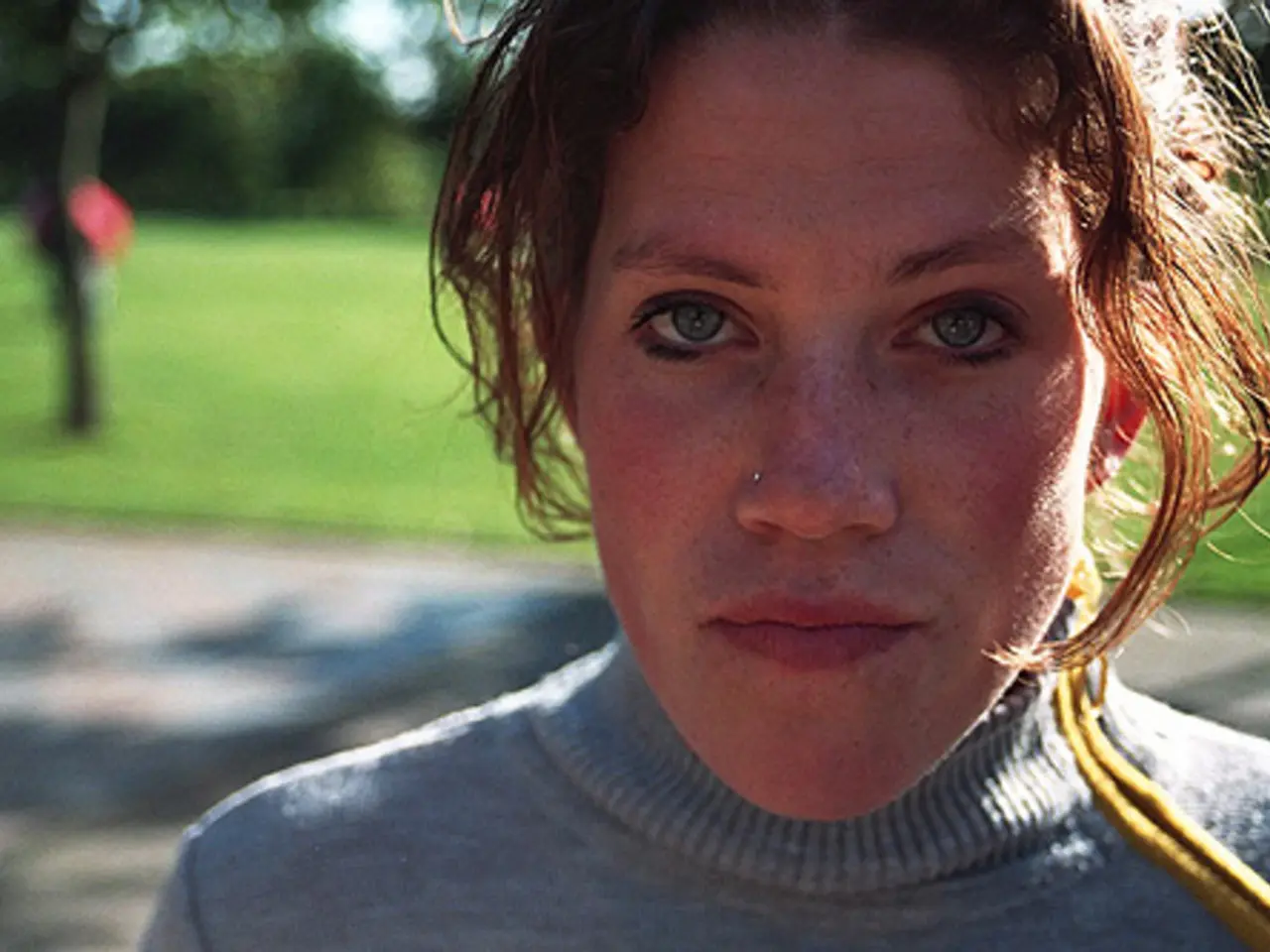Comprehensive Overview of Nose Reshaping Surgery (Rhinoplasty)
In the realm of aesthetic surgery, rhinoplasty - a procedure to reshape the nose for cosmetic or functional purposes - has become increasingly popular. With the rise of this trend, it is essential to understand the post-operative care required to ensure a smooth recovery and the best possible outcome.
Dr. Rajat Gupta, a board-certified plastic surgeon based in Delhi, India, is at the forefront of this field. Having completed his training from Maulana Azad Medical College and boasting 13 years of experience in aesthetic surgeries, Dr. Gupta aims to offer the best remedies and cosmetic procedures using the latest technology.
When it comes to rhinoplasty, safety is a top priority. Patients are advised to consult with at least two surgeons before proceeding with the procedure. A surgeon with a high number of nose procedures in their career is generally more skilled and proficient. In the case of Dr. Gupta, his extensive experience and commitment to excellence make him an ideal choice for those seeking a rhinoplasty in Delhi.
The recommended post-operative care for a rhinoplasty procedure includes several important steps to promote healing and reduce complications. These include controlling blood pressure to minimize the risk of bleeding, avoiding blowing one's nose to prevent disturbing healing tissues, sleeping with the head elevated to reduce swelling, using humidifiers and air filters to keep the air moist and reduce nasal irritation, and keeping nasal passages moist with saline sprays or gels to prevent dryness, scabbing, and bleeding.
Following all surgeon instructions carefully, including medication schedules and activity restrictions, is crucial. If nasal packing is placed, patients are advised not to disturb it unless instructed by their surgeon. Avoiding sources of extreme heat, such as saunas, for around 6 to 8 weeks post-surgery, or as advised by the surgeon, is also essential to avoid affecting healing.
Swelling and bruising around the eyes are normal in the first few days after surgery. Most patients find the majority of swelling subsides by the 5th or 6th week, though residual swelling and refinement of the nose shape continue over several months. Final results may take up to a year for all swelling to fully resolve.
Patients typically can return to work within 1 to 2 weeks and resume strenuous physical activities after 2 to 3 weeks, but swelling reduction continues well beyond this initial period.
Before and after images are a portfolio of a rhinoplasty surgeon's expertise and can help visualize the outcome for a specific patient. Patient reviews can also help determine the best rhinoplasty surgeon. To book an appointment with Dr. Rajat Gupta, call 91-9251711711 or email contact@our website.
In addition to practical experience, a surgeon's academic standing is crucial. This includes recognition, awards/medals, and publications in peer-reviewed journals. Engagement in academic circles, associations, and faculty positions further underscores a surgeon's commitment to their field. Consulting with a board-certified professional will assist in understanding the best therapeutic decisions for unique difficulties.
In summary, a comprehensive aftercare approach ensures optimal healing and helps achieve the best possible rhinoplasty outcome. By following these guidelines and consulting with a skilled and experienced surgeon like Dr. Rajat Gupta, patients can feel confident in their decision to undergo rhinoplasty and enjoy the benefits of a more aesthetically pleasing and functional nose.
[1] Swelling and Bruising After Rhinoplasty: What to Expect and How to Manage - American Society of Plastic Surgeons [2] Rhinoplasty Recovery: Timeline, Tips, and What to Expect - Healthline [3] After Rhinoplasty: A Comprehensive Guide to Recovery - Verywell Health
- Dr. Rajat Gupta, a renowned plastic surgeon based in Delhi, India, specializes in aesthetic surgeries, offering the latest technology and safe remedies.
- Patients considering rhinoplasty should consult at least two surgeons, preferably ones with extensive experience in nose procedures for the best results.
- Post-rhinoplasty care involves several steps to promote healing, such as controlling blood pressure, avoiding nose blowing, elevating the head during sleep, using humidifiers, air filters, and saline sprays, and following the surgeon's instructions for medication and activity restrictions.
- Swelling and bruising around the eyes are common after rhinoplasty and typically subside by the 5th or 6th week, though resolution may take up to a year.
- Patients can usually return to work within 1 to 2 weeks and engage in strenuous physical activities after 2 to 3 weeks, but healing and swelling reduction continue for several months.
- Before-and-after images and patient reviews can help determine the best rhinoplasty surgeon, and consulting with a board-certified professional ensures understanding of the best therapeutic decisions for unique conditions.
- Academic standing, including recognition, awards/medals, publications in peer-reviewed journals, and engagement in academic circles, associations, and faculty positions, further underscores a surgeon's commitment to the field of aesthetic surgery and the medical-conditions related to it.




